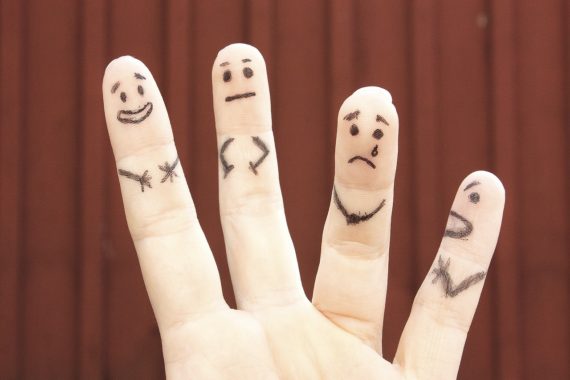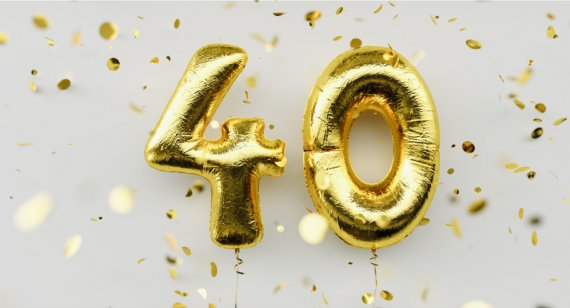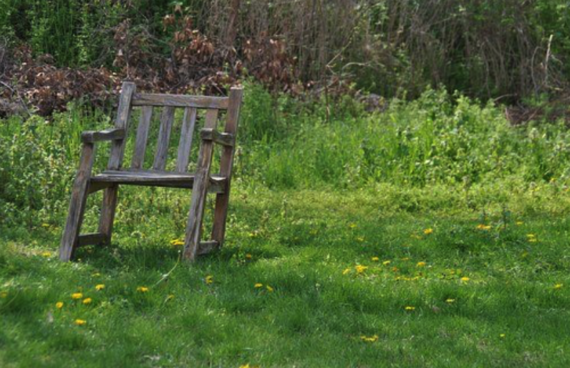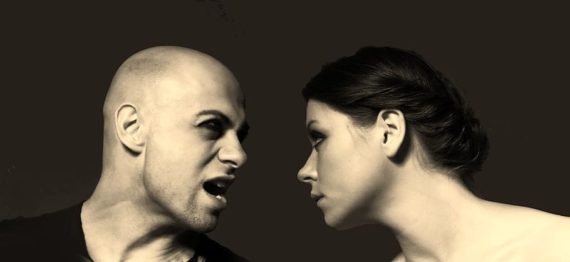People are reacting differently to the corona crisis, how would you describe the differences?
“Physiology has formulated the responses fight, flight or freeze as instinctive reactions to danger. Besides these primal instincts the Voice Dialogue model identifies many more instinctive responses to crisis. This is seen from the perspective of subpersonalities. The corona crisis brings certain subpersonalities to the fore.
There are those parts that want to know all the ins and outs, the Thinkers. And then there’s the Controller, people who want to leave nothing to chance. The Pushers are also especially active in the fast-moving online world.
And then there’s the Pleasers. Or people who go it alone. This can also be a subpersonality. My parents weren’t very present for me when I was a child, so independence carries a lot of energy for me. The opposite is the ability to ask for help. Ideally, you ask for help from your Aware Ego. But it generally results in a belated visit to the doctor, when the problem has become so serious that you have no choice but to ask for help.
In an ideal world you’d always be in contact with the other side, with the subpersonalities’ polar opposites. A pusher could then easily shift into a relaxing energy. In our current reality however this often doesn’t happen. The corona crisis is a sort of collective crisis which brings these patterns to light.
There’s the thinker who thinks and is creative in his own domain. But if there’s no solution they run the risk of continual fretting. I see the kind of person who takes things to extremes in my practice too. Not just in connection with the corona crisis. The difference is that the corona crisis is collective. But the symptoms are no different from occurrences like getting a serious illness or losing your job. Something like this happened to me once and I was startled by what I experienced. I experienced the crisis myself. My response was to solve it myself. On my own. Without any help. The episodes got worse and worse until I started a dialogue with the side of myself that wanted to solve everything on my own. I interviewed that side of me in detail.
Get to know your other selves
There are always two stages in these kinds of situations. You interview that side of yourself; you don’t try to solve the problem. You get to know the thinker and work out how he goes to work. Without passing judgment. The idea is to bring his personality to life, as a real person, independently from yourself. I then ask where he is in the body. The thinker is generally in the head. And I ask him what are you afraid of? He’ll generally reply that he is afraid of not knowing. This means we need to go a layer deeper. The deeper layer is full of chaos, all kinds of feelings that criss-cross each other and culminate in a fear of no longer being able to run your business. A deeper layer may reveal a fear of disappointing people. My business will go bankrupt! Underneath this can be a fear of poverty. Fear of being disowned, of rejection. There you may come across the image of a tramp under a bridge, abandoned by everyone.
Keep breathing
The next step is to go back to the position of the aware ego and ask yourself how to manifest the vulnerability that emerged during the interview. It’s often centred around an experience of a younger version of yourself. How can you protect that emotion, that feeling. The first thing is to allow yourself to feel that fear. We often don’t allow ourselves to feel it. And that’s why it’s good to have an (online) talk with someone who will give you the space to feel. To allow.
It’s very important to keep breathing. Breathing helps the fear to just ‘be there’. Ask what this part of yourself needs. You’ll probably get answers like ‘I’d like to take a nap, to call someone, to talk to my partner about it’.
The worry is often worse than the actual problem. The primary self kicks up a storm from the unconscious side. But the goal is to make people aware that they’re not just the primary self but that they’re also the thinker, as well as their aware ego, as well as the polar opposite who says no, not now. Taking care of this from the central position, and embracing your own inner child calms the system down.
An aware ego gives the ability to choose between different reactions
A further stage deals with the subpersonality opposite to the thinker. Because this oipposite part may also have something to offer. In Voice Dialogue this is literally on another physical place. This helps you to see ‘wait a minute, there’s something here’. I’ll then start asking questions again, like ‘where do you feel this inj your body?’.The opposit of thinking is non-thinking. The contrary position to action is non-action, being.
Ultimately, your repertoire of reactions expands. You could even allocate sub-personalities timeslots: from 10 to 12 o’clock I’ll think about Corona and from 12 to 2 o’clock I’ll go for a walk in the woods. The crisis requires that we raise our awareness of what we do. People often don’t know this. And that’s why it’s useful to talk to someone about it.
Do you want to book an online coaching session or do you require more information? See here for more info and to book an appointment.
















